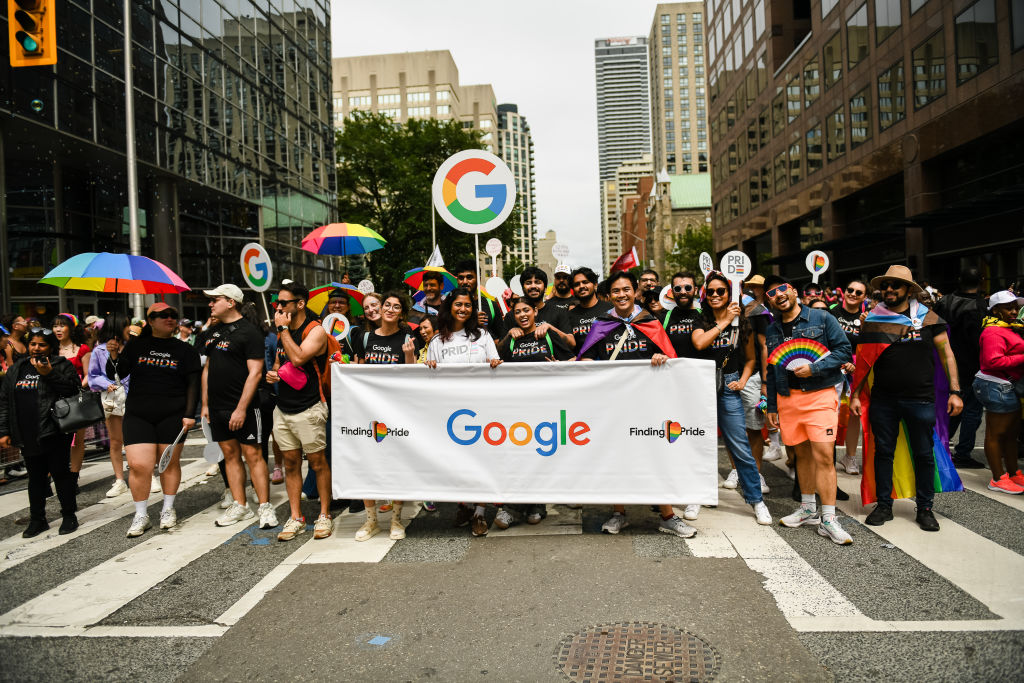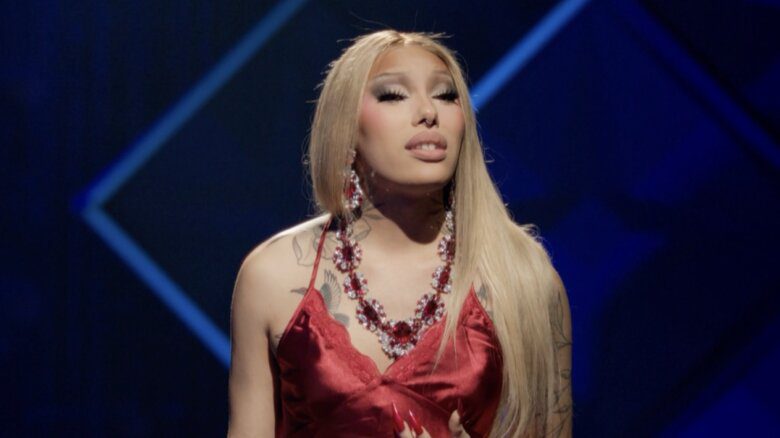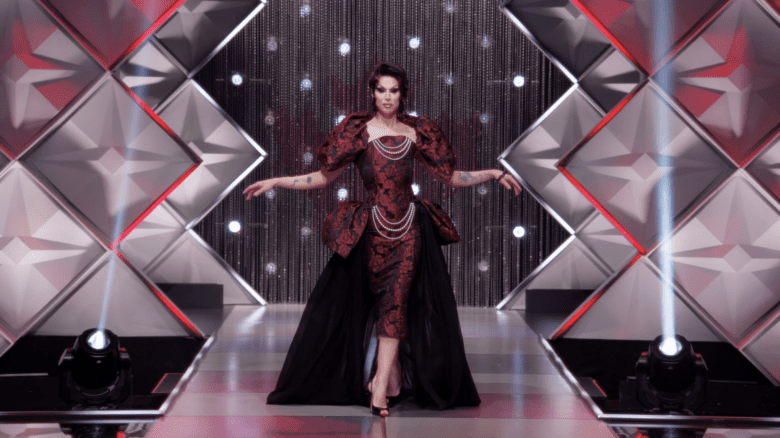Pride in Canada’s largest city kicks off this week as millions will gather to watch performances, dance in the streets and enjoy the parade.
As for who’s picking up the bill? Typically a mix of governments, donors and corporate sponsors—the last of which has been tumultuous this year.
A dozen sponsors have pulled their financial support from Pride Toronto—the organization that runs the festival—since the start of the year, including Nissan, Adidas, Clorox, Home Depot and Google.
Pride Toronto sprung into action to source new sponsors like No Frills and Shoppers Drug Mart. They also successfully lobbied the City of Toronto to up their contribution by 26 percent to $350,000.
Kojo Modeste, Pride Toronto’s executive director, seems certain that these sponsor defections are the result of President Trump’s election and the broader American pushback on progressive ideals.
“Inauguration came and we saw all the executive orders, we saw the attacks on the trans community from the White House, we saw the attack on diversity, equity and inclusion,” says Modeste. “But I did not expect it to hit us this hard, this fast.”
Hard it did hit. Even with the new sponsors and increased City support, Pride Toronto is facing a budget shortfall of more than $900,000, according to Modeste. That loss is nearly a fifth of Pride Toronto’s 2024 sponsorship amount of more than $5 million—nearly 65 percent of their total $8 million revenues.
But is Trump really solely to blame for Pride Toronto’s budgetary downturn?
After all, Tim Hortons and the Abnormal Beauty Company—Canadian companies less beholden to the influence of American head offices—also reduced their contributions to Pride Toronto this year.
As well, Xtra spoke with some Pride organizers from across the country, none of whom are experiencing the same backpedalling of sponsors.
If there were hesitations from sponsors, they were more so based on broader economic trends than Trump, says Blake Tait, co-chair of Saskatoon Pride. “Everyone is feeling the change in the economy and so I do think it’s probably more budget-based than political climate-based, but I am glad that corporations are sticking by us at this time,” he says.
Tait acknowledges that as a smaller Pride, they’re asking sponsors for thousands versus tens of thousands of dollars. Pride Toronto, as a significantly larger organization, is having very different kinds of conversations. But Pride Toronto’s size itself may have put it in this position.
That’s at least a thought from Tom Hooper, a Toronto-based historian and assistant professor. Hooper is a well-known critic of the organization’s financial practices. In 2022, he published an investigative report that accused the non-profit of misdirecting federal grant money and inconsistencies with how the grants were secured and managed.
An accounting firm later found that Pride Toronto could not prove it completed several projects promised in its application for $1.85 million from the federal government. The organization ended up repaying about $505,000 to Canadian Heritage.
“The bigger issue with Pride is that it’s been on a mission over the last 15, 20 years to continually expand—taking up the attitude of a corporation,” says Hooper. In 2019, Pride Toronto had $6.3 million in revenues and $5.3 million in expenses according to publicly available financial statements. In 2024, those figures grew to $7.9 and $8.9 million respectively.
“I understand sponsorship—it’s not free to run a festival. But the idea that you require these huge multinational corporations in order to pull Pride off, that to me does not ring true historically,” says Hooper.
In that way, it’s less about the size of Pride Toronto than it is about where these dollars are coming from, says Hooper. In the past five years, sponsorship has made up more than half of all total dollars coming into Pride Toronto (minus the 2020 COVID year, where sponsorship made up 44 percent).
“A bigger Pride doesn’t necessarily have to mean a more corporate Pride.”
As Pride Toronto aimed each year to get bigger and bigger, it put itself at the mercy of corporate dollars, Hooper says. The recent sponsorship rollbacks, then, are less an attack on Pride as it is the other shoe dropping for a festival that became too reliant on corporations.
Modeste says such going hat in hand to businesses is inevitable for a Pride at this scale.
“You have to look at the size of Pride Toronto. We are the largest Pride in North America. We are one of the largest festivals in Canada. We rely on corporate sponsorship,” he says. “Where is this money going? This is what is used to pay artists, to really make sure that Pride Toronto can continue.”
But a bigger Pride doesn’t necessarily have to mean a more corporate Pride.
“That’s the thing, Montreal Pride has grown much faster than Pride Toronto in the past few years,” says Simon Gamache, executive director of Fierté Montréal or Montreal Pride. Whereas sponsorship made up two thirds of Pride Toronto’s 2024 revenues, it consists of only 24 percent of Montreal Pride’s 2024 $7 million intake (another 26 percent comes from in-kind goods and services, a distinction Pride Toronto doesn’t make in its financial reporting).
“So if we lose a sponsor, there’s other money that’s available. Our revenue is much more balanced than Toronto,” says Gamache.
When questioned on this distinction with a similarly sized Pride, Modeste points to government support.
“This year we’re getting $350,000 from the City and Pride Montreal is getting almost a million from the city of Montreal,” says Modeste. “It’s the same thing from the province: we’re getting 100-plus from the province and they’re getting 700-plus from the province.”
As for how Montreal Pride’s been able to grow without an overreliance on corporate sponsors, Gamache says it’s because of the way the festival has woven itself into other cultural aspects of the city—like music, performance and art—all of which governments are keen to support. Also, he believes Montreal is more friendly to festivals in general.
This kind of public funding is more reliable, and often comes with fewer strings or raised eyebrows, says Gamache.
“They are there for the right reasons. Sponsors, you can sometimes smell, come for pinkwashing,” he says, referring to when businesses give money to queer and trans organizations as a branding or advertising strategy, rather than authentically caring about the well-being of these groups.
Pride Toronto, then, could reduce its services—and therefore how much money it takes from sponsors—until other less complicated sources of funding come to the table. But that may be difficult.
“It’s a real double-edged sword,” says Fiona Kerr, executive director of Halifax Pride. “People, if they’re travelling or on vacation, want to spend money on big parades and big places to gather. And if that money’s not coming from the government or sponsors, then it’s certainly not coming for our community because why would we put the cost back on our community? I don’t know if there’s a way to please everybody.”
While not everyone will be satisfied with whatever direction Pride Toronto takes, Hooper still believes that now, as sponsors walk, is an opportunity for Pride Toronto to reconfigure itself on its own terms, lest it continue to be left in the lurch by corporations.
“I think there’s a tipping point that we’ve passed in terms of the size,” he says. “A lot of people in our communities are searching for a Pride that more represents its core without all the extra things—we don’t need major headliners or a huge footprint. We just need Pride to be good at what it does. It doesn’t need to be everything.”


 Why you can trust Xtra
Why you can trust Xtra


